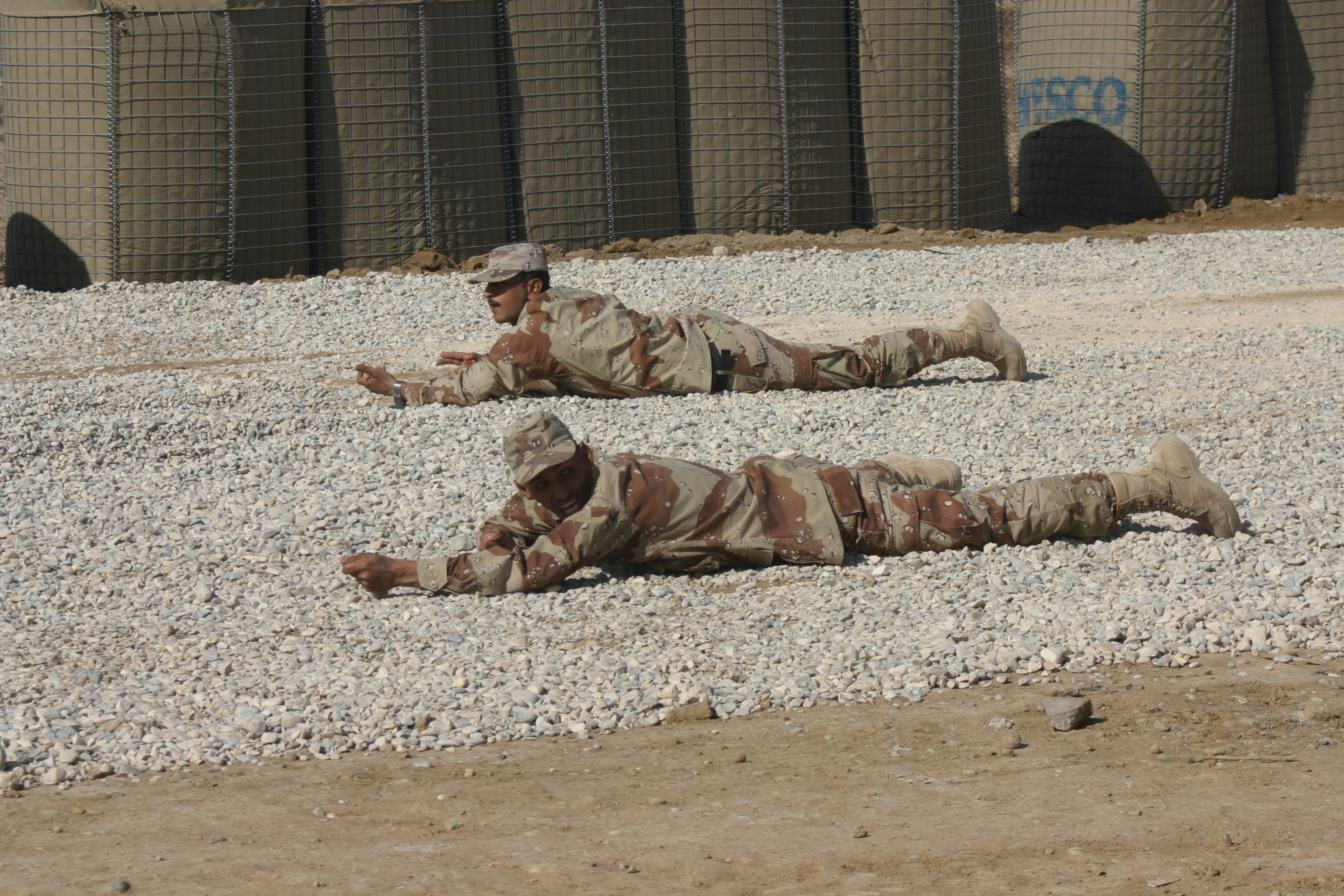|
Livor Mortis
Livor mortis (Latin: ''līvor'' – "bluish color, bruise", ''mortis'' – "of death"), postmortem lividity (Latin: ''postmortem'' – "after death", ''lividity'' – "black and blue"), hypostasis (Greek: ὑπό, ''hypo'', meaning "under, beneath"; στάσις, ''stasis'', meaning "a standing") or suggillation, is the second stage of death and one of the signs of death. It is a settling of the blood in the lower, or dependent, portion of the body postmortem, causing a purplish red discoloration of the skin. When the heart stops functioning and is no longer agitating the blood, heavy red blood cells sink through the serum by action of gravity. The blood travels faster in warmer conditions and slower in colder conditions. Livor mortis starts in 20–30 minutes, but is usually not observable by the human eye until two hours after death. The size of the patches increases in the next three to six hours, with maximum lividity occurring between eight and twelve hours after death. T ... [...More Info...] [...Related Items...] OR: [Wikipedia] [Google] [Baidu] |
Forensic Science
Forensic science, also known as criminalistics, is the application of science to criminal and civil laws, mainly—on the criminal side—during criminal investigation, as governed by the legal standards of admissible evidence and criminal procedure. Forensic science is a broad field that includes; DNA analysis, fingerprint analysis, blood stain pattern analysis, firearms examination and ballistics, tool mark analysis, serology, toxicology, hair and fiber analysis, entomology, questioned documents, anthropology, odontology, pathology, epidemiology, footwear and tire tread analysis, drug chemistry, paint and glass analysis, digital audio video and photo analysis. Forensic scientists collect, preserve, and analyze scientific evidence during the course of an investigation. While some forensic scientists travel to the scene of the crime to collect the evidence themselves, others occupy a laboratory role, performing analysis on objects brought to them by other individuals. Still ... [...More Info...] [...Related Items...] OR: [Wikipedia] [Google] [Baidu] |
Blood
Blood is a body fluid in the circulatory system of humans and other vertebrates that delivers necessary substances such as nutrients and oxygen to the cells, and transports metabolic waste products away from those same cells. Blood in the circulatory system is also known as ''peripheral blood'', and the blood cells it carries, ''peripheral blood cells''. Blood is composed of blood cells suspended in blood plasma. Plasma, which constitutes 55% of blood fluid, is mostly water (92% by volume), and contains proteins, glucose, mineral ions, hormones, carbon dioxide (plasma being the main medium for excretory product transportation), and blood cells themselves. Albumin is the main protein in plasma, and it functions to regulate the colloidal osmotic pressure of blood. The blood cells are mainly red blood cells (also called RBCs or erythrocytes), white blood cells (also called WBCs or leukocytes) and platelets (also called thrombocytes). The most abundant cells in vertebrate blo ... [...More Info...] [...Related Items...] OR: [Wikipedia] [Google] [Baidu] |
Latin Medical Words And Phrases
Latin (, or , ) is a classical language belonging to the Italic branch of the Indo-European languages. Latin was originally a dialect spoken in the lower Tiber area (then known as Latium) around present-day Rome, but through the power of the Roman Republic it became the dominant language in the Italian region and subsequently throughout the Roman Empire. Even after the fall of Western Rome, Latin remained the common language of international communication, science, scholarship and academia in Europe until well into the 18th century, when other regional vernaculars (including its own descendants, the Romance languages) supplanted it in common academic and political usage, and it eventually became a dead language in the modern linguistic definition. Latin is a highly inflected language, with three distinct genders (masculine, feminine, and neuter), six or seven noun cases (nominative, accusative, genitive, dative, ablative, and vocative), five declensions, four verb conjuga ... [...More Info...] [...Related Items...] OR: [Wikipedia] [Google] [Baidu] |
Signs Of Death
Death is the irreversible cessation of all biological functions that sustain an organism. For organisms with a brain, death can also be defined as the irreversible cessation of functioning of the whole brain, including brainstem, and brain death is sometimes used as a legal definition of death. The remains of a former organism normally begin to decompose shortly after death. Death is an inevitable process that eventually occurs in almost all organisms. Death is generally applied to whole organisms; the similar process seen in individual components of an organism, such as cells or tissues, is necrosis. Something that is not considered an organism, such as a virus, can be physically destroyed but is not said to die. As of the early 21st century, over 150,000 humans die each day, with ageing being by far the most common cause of death. Many cultures and religions have the idea of an afterlife, and also may hold the idea of judgement of good and bad deeds in one's life (heaven, ... [...More Info...] [...Related Items...] OR: [Wikipedia] [Google] [Baidu] |
Forensic Entomology
Forensic entomology is the scientific study of the colonization of a dead body by arthropods. This includes the study of insect types commonly associated with cadavers, their respective life cycles, their ecological presences in a given environment, as well as the changes in insect assemblage with the progression of decomposition. Insect succession patterns are identified based on the time a given species of insect spends in a given developmental stage, and how many generations have been produced since the insects introduction to a given food source. Insect development alongside environmental data such as temperature and vapor density, can be used to estimate the time since death, due to the fact that flying insects are attracted to a body immediately after death. The identification of postmortem interval to aid in death investigations is the primary scope of this scientific field. However, forensic entomology is not limited to homicides, it has also been used in cases of neglect ... [...More Info...] [...Related Items...] OR: [Wikipedia] [Google] [Baidu] |
Rigor Mortis
Rigor mortis (Latin: ''rigor'' "stiffness", and ''mortis'' "of death"), or postmortem rigidity, is the third stage of death. It is one of the recognizable signs of death, characterized by stiffening of the limbs of the corpse caused by chemical changes in the muscles postmortem (mainly calcium).Saladin, K. S. 2010. ''Anatomy & Physiology'': 6th edition. McGraw-Hill. In humans, rigor mortis can occur as soon as four hours after death. Contrary to folklore and common belief, rigor mortis is not permanent and begins to pass within hours of onset. Typically, it lasts no longer than eight hours at "room temperature". Physiology After death, aerobic respiration in an organism ceases, depleting the source of oxygen used in the making of adenosine triphosphate (ATP). ATP is required to cause separation of the actin-myosin cross-bridges during relaxation of muscle.Hall, John E., and Arthur C. Guyton. Guyton and Hall Textbook of Medical Physiology. Philadelphia, PA: Saunders/Elsevie ... [...More Info...] [...Related Items...] OR: [Wikipedia] [Google] [Baidu] |
Algor Mortis
Algor mortis (Latin: ''algor''—coldness; ''mortis''—of death), the second stage of death, is the change in body temperature post mortem, until the ambient temperature is matched. This is generally a steady decline, although if the ambient temperature is above the body temperature (such as in a hot desert), the change in temperature will be positive, as the (relatively) cooler body acclimates to the warmer environment. External factors can have a significant influence. The term was first used by Bennet Dowler in 1849. The first published measurements of the intervals of temperature after death were done by John Davy in 1839. Applicability A measured rectal temperature can give some indication of the time of death. Although the heat conduction which leads to body cooling follows an exponential decay curve, it can be approximated as a linear process: 2 °C during the first hour and 1 °C per hour until the body nears ambient temperature. The Glaister equation es ... [...More Info...] [...Related Items...] OR: [Wikipedia] [Google] [Baidu] |
Approximation
An approximation is anything that is intentionally similar but not exactly equality (mathematics), equal to something else. Etymology and usage The word ''approximation'' is derived from Latin ''approximatus'', from ''proximus'' meaning ''very near'' and the prefix ''ad-'' (''ad-'' before ''p'' becomes ap- by assimilation (phonology), assimilation) meaning ''to''. Words like ''approximate'', ''approximately'' and ''approximation'' are used especially in technical or scientific contexts. In everyday English, words such as ''roughly'' or ''around'' are used with a similar meaning. It is often found abbreviated as ''approx.'' The term can be applied to various properties (e.g., value, quantity, image, description) that are nearly, but not exactly correct; similar, but not exactly the same (e.g., the approximate time was 10 o'clock). Although approximation is most often applied to numbers, it is also frequently applied to such things as Function (mathematics), mathematical functio ... [...More Info...] [...Related Items...] OR: [Wikipedia] [Google] [Baidu] |
Detective
A detective is an investigator, usually a member of a law enforcement agency. They often collect information to solve crimes by talking to witnesses and informants, collecting physical evidence, or searching records in databases. This leads them to arrest criminals and enable them to be convicted in court. A detective may work for the police or privately. Overview Informally, and primarily in fiction, a detective is a licensed or unlicensed person who solves crimes, including historical crimes, by examining and evaluating clues and personal records in order to uncover the identity and/or whereabouts of criminals. In some police departments, a detective position is achieved by passing a written test after a person completes the requirements for being a police officer. In many other police systems, detectives are college graduates who join directly from civilian life without first serving as uniformed officers. Some argue that detectives do a completely different job and th ... [...More Info...] [...Related Items...] OR: [Wikipedia] [Google] [Baidu] |
Supine Position
The supine position ( or ) means lying horizontally with the face and torso facing up, as opposed to the prone position, which is face down. When used in surgical procedures, it grants access to the peritoneal, thoracic and pericardial regions; as well as the head, neck and extremities. Using anatomical terms of location, the dorsal side is down, and the ventral side is up, when supine. Semi-supine In scientific literature "semi-supine" commonly refers to positions where the upper body is tilted (at 45° or variations) and not completely horizontal. Relation to sudden infant death syndrome The decline in death due to sudden infant death syndrome (SIDS) is said to be attributable to having babies sleep in the supine position. The realization that infants sleeping face down, or in a prone position, had an increased mortality rate re-emerged into medical awareness at the end of the 1980s when two researchers, Susan Beal in Australia and Gus De Jonge in the Netherlands, indep ... [...More Info...] [...Related Items...] OR: [Wikipedia] [Google] [Baidu] |
Prone Position
Prone position () is a body position in which the person lies flat with the chest down and the back up. In anatomical terms of location, the dorsal side is up, and the ventral side is down. The supine position is the 180° contrast. Etymology The word ''prone'', meaning "naturally inclined to something, apt, liable," has been recorded in English since 1382; the meaning "lying face-down" was first recorded in 1578, but is also referred to as "lying down" or "going prone." ''Prone'' derives from the Latin ', meaning "bent forward, inclined to," from the adverbial form of the prefix ''pro-'' "forward." Both the original, literal, and the derived figurative sense were used in Latin, but the figurative is older in English. Anatomy In anatomy, the prone position is a position of the body lying face down. It is opposed to the supine position which is face up. Using the terms defined in the anatomical position, the ventral side is down, and the dorsal side is up. Concerning the ... [...More Info...] [...Related Items...] OR: [Wikipedia] [Google] [Baidu] |





.png)

